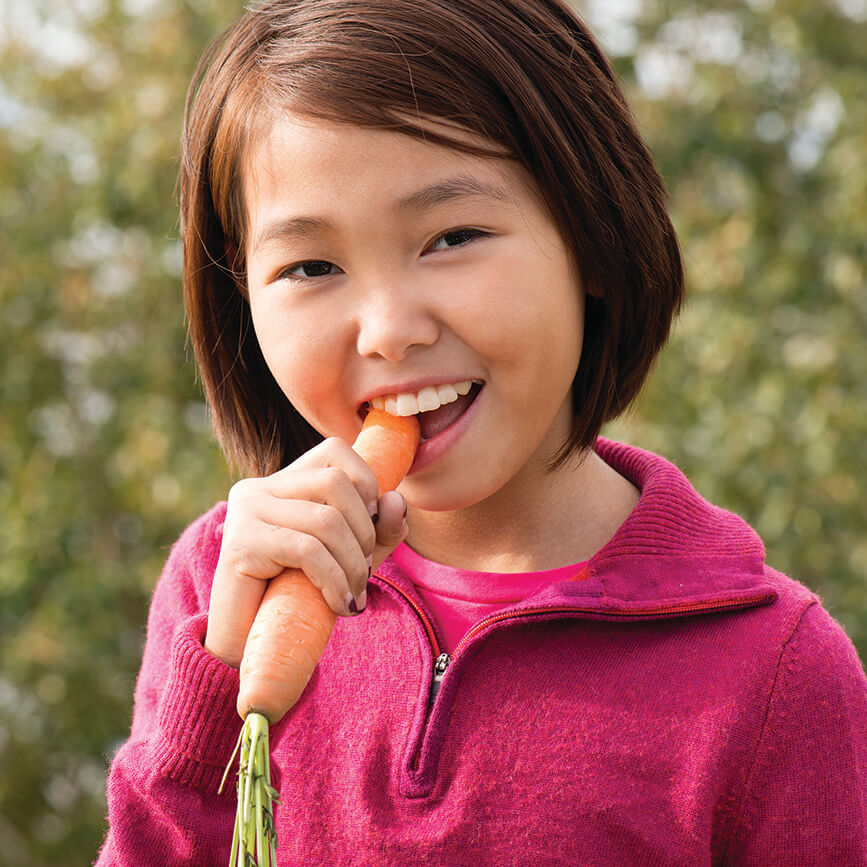Department of Public Assistance
Division of Health and Social Services
Supplemental Nutrition Assistance Program (SNAP) SNAP-Ed Program
Behavior Change Campaign Case Study
Situation
A needs assessment conducted in 2014 identified that the most prevalent dietary shortfalls within SNAP-eligible populations were inadequate fruit and vegetable intake and high sugar-sweetened beverage intake. Assessed again in 2018, phase II confirmed that the same targeted regions remain disparately impacted by poverty, high rates of obesity, lack of access to fresh fruits and vegetables, and low levels of physical activity. Rural communities continue to be challenged by limited access to affordable healthy foods, such as fruits and vegetables, and statewide, individuals continue to struggle with cost, available time to prepare foods, and lack of convenience.

Social Marketing Objectives
- Increase behaviors consistent with the Dietary Guidelines for Americans and MyPlate, resulting in a 2% increase in both adults and children who consume the recommended daily servings of fruits and vegetables
- Increase the number of SNAP-eligible participants who choose fruits and vegetables with their SNAP dollars, and help them better understand that regardless of the source: fresh, frozen, canned, or from the land, every bite matters when it comes to eating the recommended intake of fruits and vegetables.


Results
The social marketing campaign kicked off at the 2018 Youth & Elders Conference, followed by a presence at the Alaska Federation of Natives Conference in October. Television began after the election and will run through March 2019. A native digital campaign commenced in December, along with three monthly segments on Moms Everyday (January – March on KTUU). Campaign evaluation and results are forthcoming.

